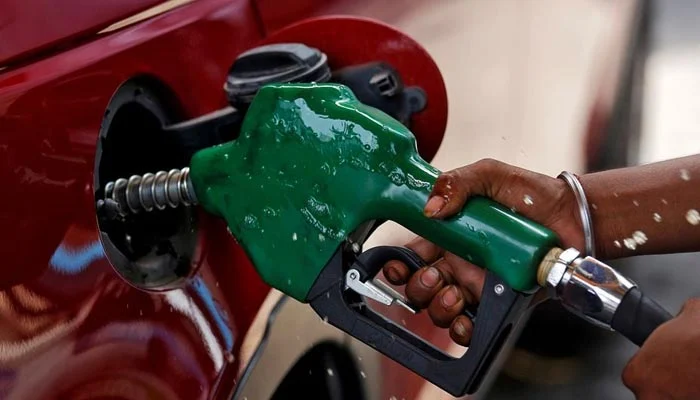Business
Govt slashes petroleum products’ prices by up to Rs30 per litre
-

 Latest News21 hours ago
Latest News21 hours agoPakistani Internet: Everything you should know about “Africa-2” contemporary cables
-

 Entertainment21 hours ago
Entertainment21 hours agoHania Aamir reveals details about her troubled childhood.
-

 Business21 hours ago
Business21 hours agoWith its second-largest surge ever, PSX approaches 114,000 points.
-

 Latest News21 hours ago
Latest News21 hours agoWapda announces a revised timeline for the K-4 water project in Karachi.
-

 Latest News21 hours ago
Latest News21 hours agoThe PPP and PML-N will confer on power-sharing arrangements in Punjab today.
-

 Latest News16 hours ago
Latest News16 hours agoClimate-related challenges are growing in Pakistan, and the prime minister’s climate aide is advocating for gender-inclusive climate resilience.
-

 Latest News16 hours ago
Latest News16 hours agoAn NIH case of wild poliovirus was discovered in Balochistan, marking the 65th confirmed case of polio.
-

 Latest News16 hours ago
Latest News16 hours agoAs of today, the F-8 Underpass is now open to traffic. Naqvi
























